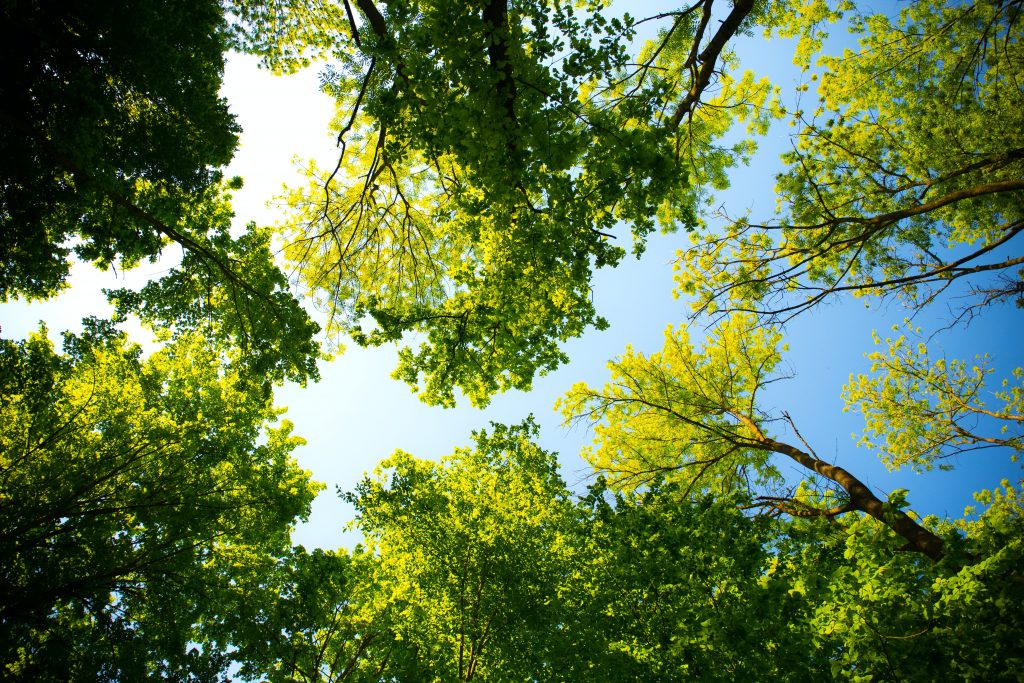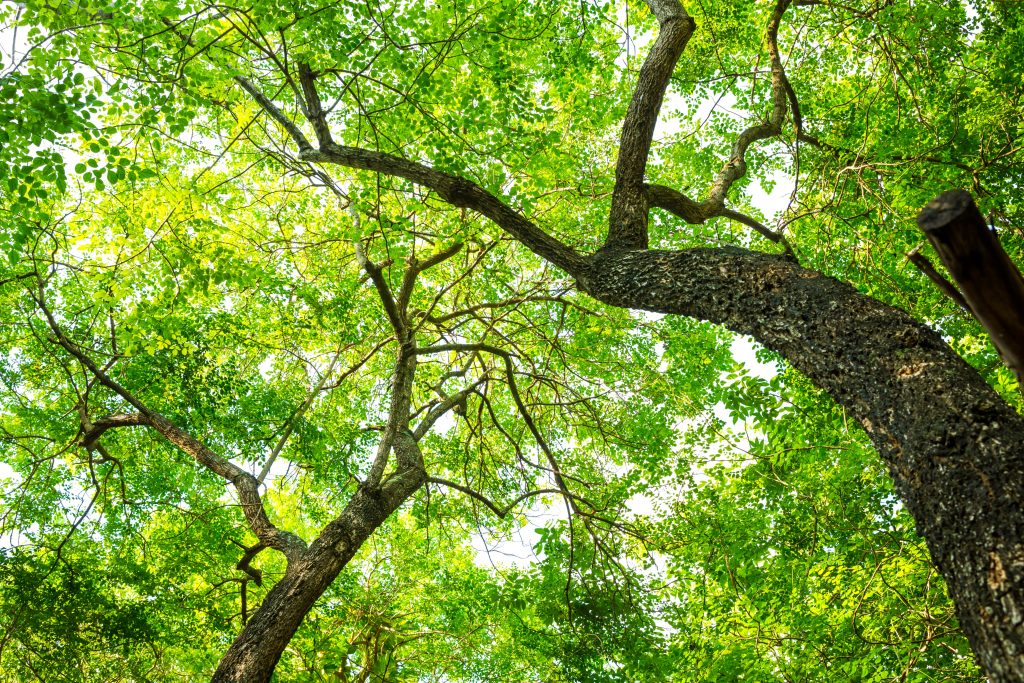Protecting trees from insects and pests is crucial for ensuring their overall health, longevity, and the vitality of the entire ecosystem they support. Trees are not only valuable aesthetically but also ecologically, providing numerous benefits to both humans and the environment. When trees are affected by insects and pests, it can have far-reaching consequences that extend beyond the individual tree. Here’s why protecting trees from insects and pests is of paramount importance:

In conclusion, the importance of protecting trees from insects and pests goes beyond the individual tree’s health. It encompasses the well-being of the environment, wildlife, air quality, aesthetics, and the overall quality of life. By taking measures to prevent and manage pest infestations, property owners contribute to the longevity and resilience of trees, ensuring that their benefits are enjoyed by current and future generations.
Several common types of insects and pests can damage trees, compromising their health and overall well-being. These pests can vary depending on the tree species, location, and environmental conditions. Here are some of the most prevalent types of tree-damaging insects and pests, along with explanations of their impact:

**1. Bark Beetles: Bark beetles are small insects that burrow into the bark of trees, creating tunnels and galleries. They can introduce fungal pathogens that weaken the tree’s vascular system, leading to tree decline and mortality. Common species include mountain pine beetle and emerald ash borer.
**2. Aphids: Aphids are small, soft-bodied insects that feed on tree sap by piercing the leaves and stems with their mouthparts. They excrete a sugary substance called honeydew, which can attract sooty mold and interfere with photosynthesis. Aphid infestations can cause stunted growth and leaf curling.
**3. Scale Insects: Scale insects are immobile pests that attach themselves to tree branches and leaves, sucking out plant fluids. They create a protective covering that resembles scales or shells. Severe scale infestations can weaken trees, cause leaf yellowing, and reduce overall vitality.
**4. Caterpillars: Caterpillars, the larval stage of butterflies and moths, can defoliate trees by consuming leaves. Gypsy moths and tent caterpillars are examples of species known for causing significant defoliation, which can stress trees and hinder their growth.
**5. Whiteflies: Whiteflies are tiny insects that cluster on the undersides of leaves. They feed on plant sap and excrete honeydew, leading to sooty mold growth. Whiteflies weaken trees and can transmit plant viruses, causing leaf yellowing and premature leaf drop.
**6. Leaf Miners: Leaf miners are larvae of various insect species that tunnel through leaves, leaving distinctive patterns or trails. Their feeding disrupts leaf function, reduces photosynthesis, and weakens the overall health of the tree.
**7. Fungus and Pathogens: While not insects, fungal pathogens can severely damage trees. Examples include Dutch elm disease, which affects elm trees, and oak wilt, which affects oak trees. These diseases can lead to wilting, leaf loss, and even tree death.
**8. Emerald Ash Borer: This invasive beetle species targets ash trees and can cause significant damage by tunneling beneath the bark, disrupting the tree’s nutrient and water transport systems. Infested trees display canopy dieback and increased susceptibility to other stressors.
**9. Bagworms: Bagworms are caterpillar larvae that build protective cases made of silk and plant material. They attach these cases to tree branches and feed on leaves. Severe infestations can defoliate trees and weaken their structure.
**10. Spider Mites: Spider mites are tiny arachnids that feed on the sap of trees, causing stippled or discolored leaves and webbing. They thrive in hot and dry conditions and can rapidly multiply, leading to reduced tree health.
**11. Japanese Beetles: These beetles feed on the foliage of various tree species, skeletonizing leaves and causing severe defoliation. They are particularly damaging in large numbers and can lead to stress and decline in affected trees.
It’s important to identify these pests early and take appropriate action to manage their populations. Integrated pest management (IPM) strategies, which combine various approaches including cultural practices, natural predators, and targeted chemical treatments, can help mitigate the damage caused by these pests and maintain the health of your trees.
Recognizing the signs of pest infestation in trees is crucial for early intervention and effective pest management. Detecting infestations early allows you to take appropriate measures to prevent further damage and preserve the health of your trees. Here are common signs to watch for:

Regularly inspecting your trees for these signs can help you catch pest infestations early, making it easier to address the issue and minimize potential damage. If you’re uncertain about the cause of any observed changes in your trees, consulting with an arborist or tree care professional can provide valuable insights and recommendations for treatment.
[geocentric_weather id=”45ff4ccd-3d3f-498e-b0b9-91aaaf766bc4″]
[geocentric_about id=”45ff4ccd-3d3f-498e-b0b9-91aaaf766bc4″]
[geocentric_neighborhoods id=”45ff4ccd-3d3f-498e-b0b9-91aaaf766bc4″]
[geocentric_thingstodo id=”45ff4ccd-3d3f-498e-b0b9-91aaaf766bc4″]
[geocentric_busstops id=”45ff4ccd-3d3f-498e-b0b9-91aaaf766bc4″]
[geocentric_mapembed id=”45ff4ccd-3d3f-498e-b0b9-91aaaf766bc4″]
[geocentric_drivingdirections id=”45ff4ccd-3d3f-498e-b0b9-91aaaf766bc4″]
[geocentric_reviews id=”45ff4ccd-3d3f-498e-b0b9-91aaaf766bc4″]